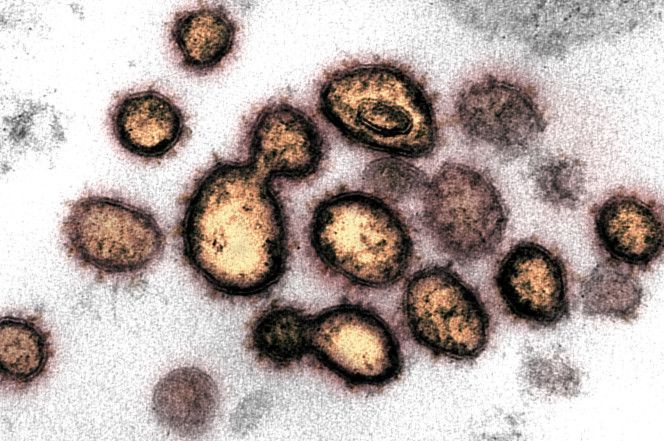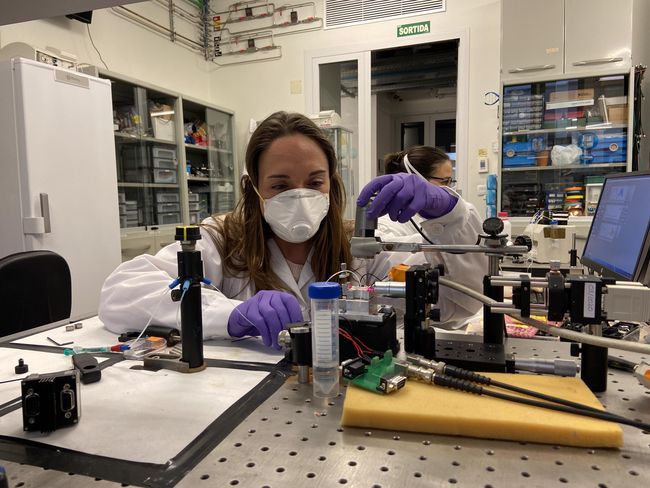A desirable option would be to use CRISPR gene editing to essentially cut out the unwanted gene. There are, however, many challenges ahead.
If you want to remove an undesirable gene from a population, you have a couple theoretical options — one that most people might find unthinkable, and one that lies outside our current scientific abilities.
The first involves locating a group of people without a particular gene and designing breeding programs around them. It would mean mating people in ways that society would consider incestuous. And we’ve seen the difficulties that result from that in the past — marriages between close relatives were a notorious cause of hemophilia in European royal families, for example.
A much more desirable option would be to use CRISPR gene editing to essentially cut out the unwanted gene. There are, however, many challenges ahead for such a strategy. Chief among them is the need to find mutations that, by themselves, are linked to particular diseases or disorders. And then we need guarantees that CRISPR will edit the correct genes.






